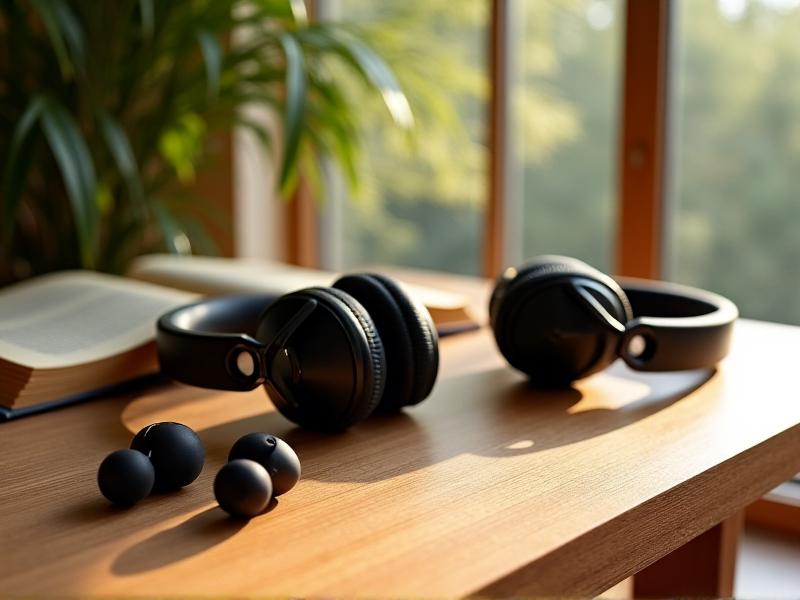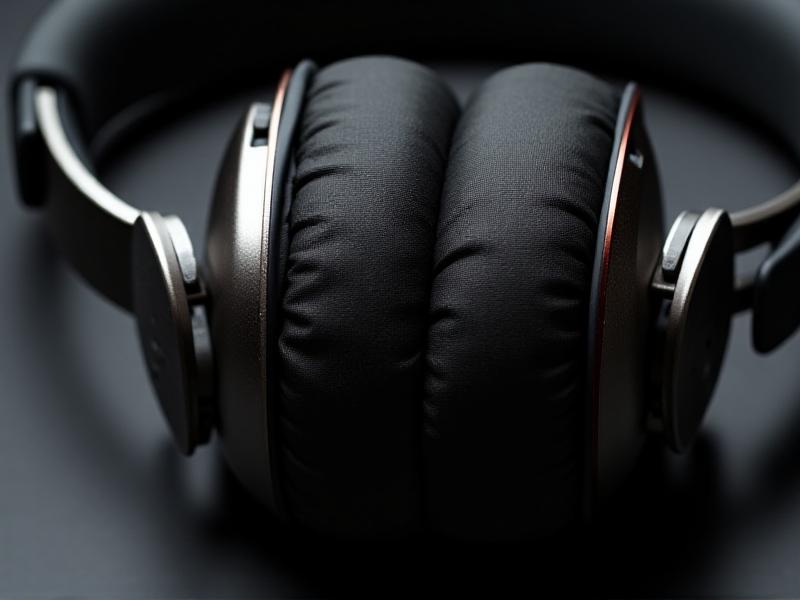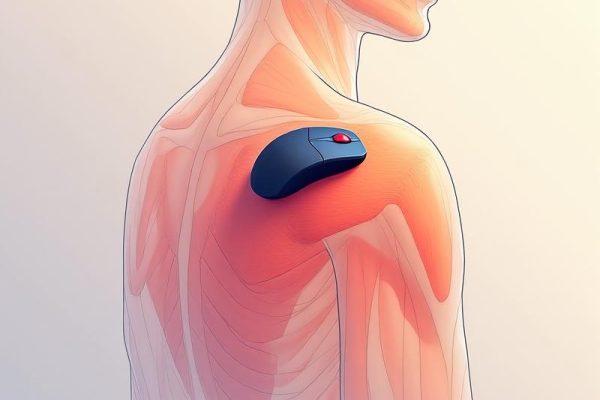```html
The Hidden Toll of Poor Posture During Long Conference Calls

Hours spent on conference calls can stealthily compromise physical health. Craning the neck to cradle a phone, hunching toward a speaker, or tilting the head to accommodate heavy headphones often leads to chronic discomfort. Studies show that 58% of remote workers report neck or shoulder pain linked to prolonged calls. Headsets alleviate this by freeing the hands and reducing the urge to contort the body, but not all devices are created equal. The key lies in understanding how design and technology intersect with ergonomic needs.
Choosing the Right Headset: How Design Impacts Comfort

Over-ear, on-ear, and in-ear headsets each offer distinct advantages. Over-ear models with memory foam cushions distribute weight evenly, ideal for marathons calls but may trap heat. On-ear designs strike a balance between portability and sound isolation, though pressure on the outer ear can cause fatigue. In-ear options are lightweight and discreet but lack the stability for dynamic movement. The optimal choice depends on call duration, mobility needs, and sensitivity to pressure points.
Ergonomic Features to Look for in Conference Headsets

Prioritize headsets with swiveling ear cups that adapt to head shape, reducing jaw pressure. Adjustable headbands with padded support prevent "hot spots" on the skull. Look for angled speaker drivers that align with ear canals, minimizing sound leakage and volume requirements. Materials matter: breathable fabrics reduce sweat buildup, while lightweight alloys ensure durability without added bulk. A well-designed microphone arm should bend effortlessly to maintain a natural chin position.
Wireless vs Wired Headsets: Mobility and Posture Trade-offs

Wireless models liberate users to stretch or pace, promoting blood flow during lengthy discussions. However, Bluetooth latency can cause subtle delays, prompting wearers to unconsciously tense their neck. Wired headsets eliminate audio lag but tether users to devices, encouraging static postures. Battery-free designs are often lighter, yet cables may snag, leading to abrupt neck twists. Hybrid solutions, like detachable cords, offer flexibility but require mindful cable management.
Active Noise Cancellation: Reducing Strain by Minimizing Distractions
Ambient noise forces listeners to increase volume or lean closer to screens, straining cervical vertebrae. ANC technology counters this by neutralizing background chatter, enabling a relaxed upright posture at lower volumes. Some advanced systems adapt to environmental changes, preventing the "underwater" effect that causes disorientation. However, over-reliance on ANC in quiet settings may lead to sensory deprivation fatigue—moderation is key.
Dynamic Sitting: Movement and Stretching Breaks During Calls
Even the best headset can’t compensate for immobility. Pair audio gear with posture-reminder apps that prompt micro-stretches every 20 minutes. Simple neck rotations or shoulder shrugs during muted moments enhance circulation. Consider a standing desk to shift weight distribution, or use a balance cushion to engage core muscles subtly. The goal isn’t perfection but frequent, small adjustments that counteract stiffness.
Optimizing Your Workspace for Headset Use and Posture Support
Align the monitor to avoid tilting the head up or down. Position the headset within arm’s reach to prevent overextending during pickup. If using a webcam, center it at eye level to maintain a neutral spine while speaking. Cable clutter not only causes tripping hazards but also subconsciously encourages restricted movement. A dedicated docking station for wireless headsets ensures consistent placement, reducing frantic searches that strain muscles.
Future Trends in Headset Technology for Ergonomic Conferencing
Emerging prototypes integrate piezoelectric sensors to detect clenching jaw muscles, prompting wearers to relax. AI-driven posture coaches analyze head tilt via built-in gyroscopes, offering real-time vibration alerts. Materials science advancements promise graphene-infused ear cushions that dissipate heat 40% faster. As spatial computing evolves, expect bone conduction headsets that leave ears open for ambient awareness while maintaining audio clarity—a breakthrough for kinesthetic workers.




